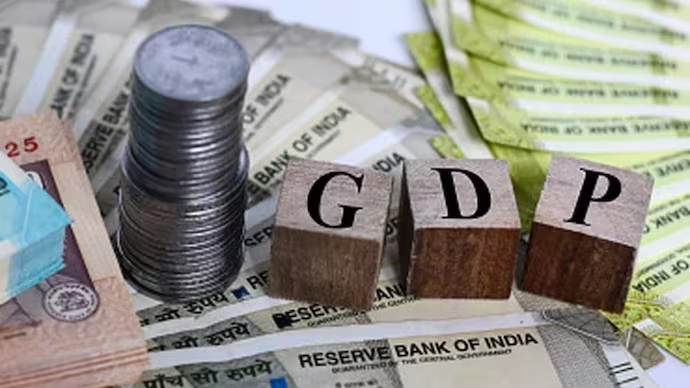A detailed analysis of India’s economic performance across states, conducted by Sanjeev Sanyal and Aakanksha Arora from the Economic Advisory Council to the Prime Minister (EAC-PM), reveals significant insights into the evolving economic landscape of the country. Titled “Relative Economic Performance of Indian States: 1960-61 to 2023-24,” the report examines the relative GDP shares and per capita incomes of Indian states, highlighting trends that have emerged over the last six decades.
Southern and Western States Lead Economic Growth
The report identifies Southern and Western states as the key drivers of India’s economic growth, especially after the 1991 economic liberalization. Southern states such as Karnataka, Andhra Pradesh, Telangana, Kerala, and Tamil Nadu now account for almost 30% of the country’s GDP, with all having per capita incomes exceeding the national average.
- Telangana stands out with a per capita income 94% above the national average, followed by Karnataka and Tamil Nadu, whose per capita incomes are 81% and 71% higher, respectively.
- Gujarat has also demonstrated impressive growth, with its GDP share increasing from 6.4% in 2000-01 to 8.1% in 2022-23. It surpassed Maharashtra in per capita income, rising to 160.7% of the national average, compared to Maharashtra’s 150.7%.
Northern States: Punjab’s Decline and Haryana’s Rise
While Haryana has maintained robust growth, Punjab has experienced economic decline post-1991. Punjab’s GDP share dropped from 4.4% in the 1970s to 2.4% in 2023-24. Similarly, Punjab’s per capita income, once at 169% of the national average, has fallen to 106.7%, even lower than it was in the 1960s.
In contrast, Haryana has shown consistent growth, with a GDP share of 3.6% and a per capita income at 176.8% of the national average, one of the highest among Indian states. The rise of Gurgaon as a business hub has contributed significantly to this growth.
Eastern States: Decline in West Bengal, Improvement in Odisha
West Bengal, once a major economic powerhouse contributing 10.5% to India’s GDP in 1960, now contributes just 5.6%. Its per capita income, which was 127.5% of the national average in 1960-61, has fallen to 83.7% in 2023-24, placing it behind states like Odisha and Rajasthan.
On the other hand, Odisha has seen a turnaround, with its per capita income rising from 54.3% in 1990-91 to 88.5% in 2023-24, marking significant progress for a state that historically lagged behind in economic indicators.
Central and North-Eastern States
- Uttar Pradesh, once India’s largest economic powerhouse, has seen its share of the national GDP decline from 14.4% in 1960-61 to 8.4% in 2023-24. Similarly, its per capita income remains low at just 50.8% of the national average.
- Sikkim and Goa have shown remarkable improvements. Sikkim’s per capita income surged to 319% of the national average, while Goa’s income stands at 290%, making them the two richest states in terms of per capita income.
Conclusion
The analysis indicates that states in the Southern and Western regions of India are outperforming their Northern and Eastern counterparts. The performance gap between Haryana and Punjab is particularly stark, while the continued decline of West Bengal remains a concern. Maritime states, particularly in the South and West, have emerged as the key drivers of India’s economic future.





